Benefits of heel spur exercises
The treatment of heel spur is generally focused on resting and applying ice packs until the pain subsides and inflammation starts to settle down. For the same purpose anti-inflammatory medications can be used, while wearing night splints due to which the heel remains stretched during the night, is also more than helpful. Shoe inserts are the best way to get rid of this problem with success and to return to normal life.
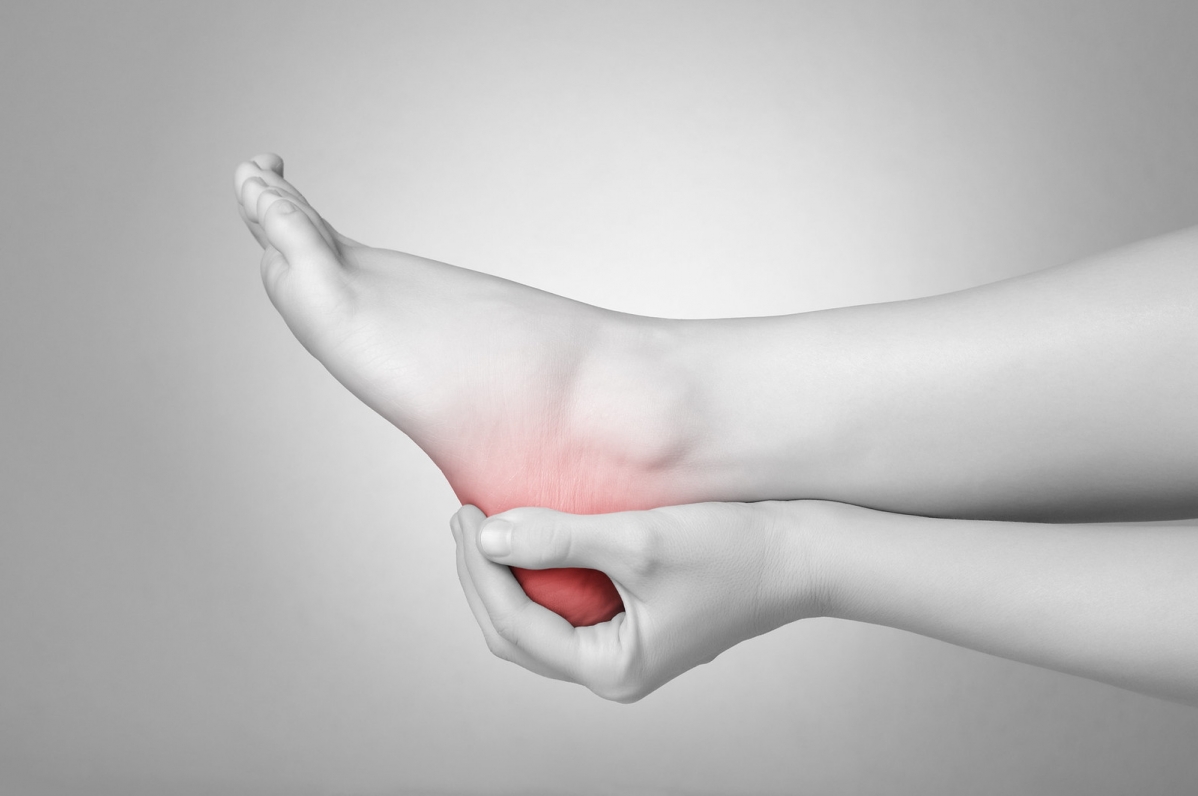
However, there are some exercises, which can also contribute and speed up the process of recovery, and they have the purpose to make the plantar fascia and the tissue around it stronger, as well as to maintain their flexibility. They also have the potential to decrease the pain in the heel, and if they are performed on regular basis, the chances of the condition occurring again will be minimized. It is important to bear in mind that these exercises should be combined with some other methods of treatment, which means that the person with this problem should never rely on them only in order to make the treatment more successful.
Heel spur exercises
A very easy exercise consists of leaning forward against a wall, for example, and while one knee is straight and heel is on the floor, the other knee should be bent. As the person leans, stretching of the foot arch and heel cord will be felt, and this position should be held for 10 seconds approximately. It is recommended to repeat it for 20 times, but as soon as even slight pain appears, the person should stop or slow down even more. It might take some time and patience to build the strength and tolerance in the affected heel. By doing this exercise before and after exercising, the strain on the fascia is reduced, the calf and ankle are stretched, and the chances of developing the problem in question are significantly reduced.
Another exercise that is often recommended requires from a person to lean forward onto a countertop, for instance, and to spread the feet apart in a way that one foot is in front of the other. Then the knees should be flexed and the person should squat down, but trying to keep the heels on the floor as long as it can. Heel cords and foot arches will be stretched due to this exercise, and the position should also be held for some 10 seconds.






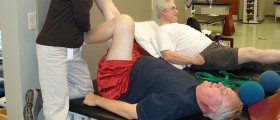
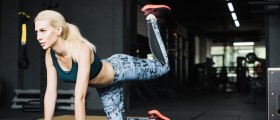
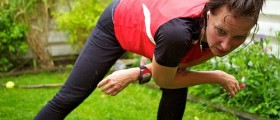
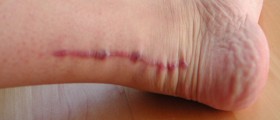
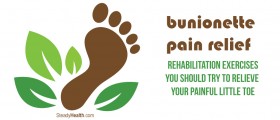
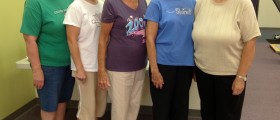

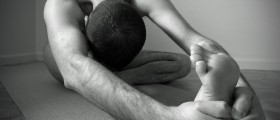

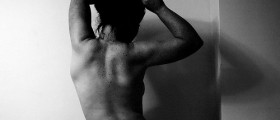
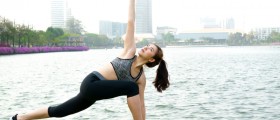
Your thoughts on this
Loading...